Improved growth, increased feed utilization and high survival rates underpin the quality of this underutilized fisheries byproduct
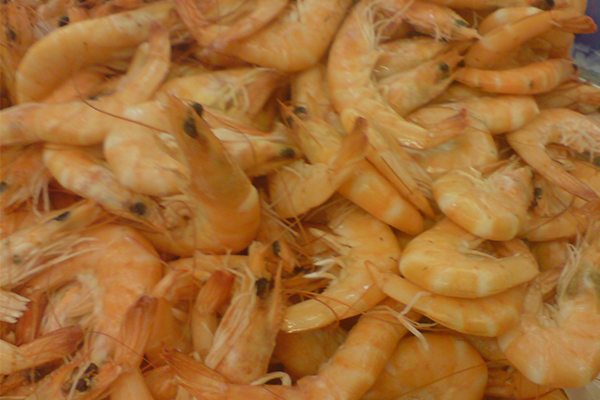
The brown shrimp (Crangon crangon) is the most important commercial fishery in the southern North Sea with annual landings of around 30,000 metric tons (MT) and the processing remains account for up to 21,000 MT. The remains contain substantial amounts of key nutrients (521 grams per kg crude protein, 15 MJ per kg gross energy, 74 grams per kg total lipid) which meet the nutritional demands of Pacific white shrimp (Litopenaeus vannamei).
However, information is lacking on how brown shrimp processing remains (BSPR) affect the growth and physiology of L. vannamei when included in formulated diets. While growth and survival are the parameters of primary concern in aquaculture production, metabolic and immunological parameters provide further insights into the functionality of the ingredient (positive or negative) and the nutritional condition of the studied species.
This article summarizes the results of a study [Fricke, e. et al. 2023. Brown shrimp (Crangon crangon) processing remains enhance growth of Pacific whiteleg shrimp (Litopenaeus vannamei). Aquaculture Volume 569, 15 May 2023, 739367] that assessed the suitability and appropriate inclusion level of BSPR in diets for Pacific white shrimp (Litopenaeus vannamei).
Study setup
This study – conducted at the Alfred Wegener Institute Helmholtz Centre for Polar and Marine Research in Germany – investigated the suitability of brown shrimp processing remains (BSPR) as a feed ingredient for L. vannamei. Two controlled feeding trials with juvenile L. vannamei were conducted to determine growth performance, feed utilization, digestive enzyme activities and other parameters.
A control diet with fishmeal and two experimental diets, replacing 50 and 100 percent of the fishmeal with BSPR, were used to determine the acceptability of the diets. Then, the same feeds were then used for a 39-day trial to assess the effects of BSPR on survival, growth, molting frequency, gross chemical composition of muscle tissue, digestive enzyme activities and hemocyanin levels in L. vannamei. Experimental feeds were formulated to meet the nutritional requirements of L. vannamei. All diets were formulated to be similar in their digestible protein and energy levels, assuming an apparent protein and energy digestible coefficient of 86.2 percent and 81.5 percent for BSPR. To maintain a homogenous particle size of the feed mixtures, all ingredients were processed to a homogenous meal (<500 micrometers). For additional details on the study setup, refer to the original publication.
Results and discussion
Pacific white shrimp readily accepted all pelleted experimental diets. No rejection was observed, like the dropping of pellets once they were grabbed. The time shrimp needed to start to ingest feed pellets ranged from 18 to 25 seconds, on average. Feeds containing 50 percent fishmeal and 50 percent BSPR (BSPR 50) were approached most rapidly (18 ± 4 seconds), followed by the control (20 ± 4 seconds) and BSPR 100 (25 ± 5 seconds). The differences in accessing time were not statistically significant.
Shrimp growth was lowest in shrimp feeding on the control diet with a mean weight gain of 66 ± 7 percent. Average weight gain was slightly higher in the BSPR 100 treatment (68 ± 24 percent) but showed high variation. Growth was highest in shrimp feeding on BSPR 50 (94 ± 9 percent), thus exceeding the performance of the control group by almost 30 percent. Due to the high variation in the BSPR 100 treatment, there were no statistical differences when all means were compared against each other. However, when comparing directly against the control, the final weight and weight gain of shrimp feeding on BSPR 50 was statistically significant.
Alternative feed ingredient sources from marine sidestreams have great potential to be sustainable and economically valuable, driving the blue circular economy. In this study, repeated feeding experiments showed high levels of survival and excellent growth of L. vannamei when fishmeal was replaced with the byproduct BSPR. The gross composition of the shrimp muscle tissue did not change in moisture, protein and lipid contents. These results indicate that BSPR provides well-balanced and readily receptible nutrients and that increased growth does not compromise muscle tissue composition.
The palatability of feeds and feed ingredients plays a central role in feed formulation. It can positively or negatively affect feed consumption and ultimately growth performances of the cultured species. We observed that shrimp approached and started to ingest BSPR-containing feeds equally well as the fishmeal-based diets, regardless of the inclusion level. Accordingly, dietary inclusion of BSPR does not appear to influence feed acceptability in tank-based culture conditions.
Opportunities and challenges for olive oil byproducts in aquafeeds
Growth-enhancing effects of crustacean meals in penaeid shrimp feeds has been reported in several studies. Compared to other crustacean meals, BSPR investigated in the current study is less effective in stimulating growth than, for example, krill. This is potentially due to the various processing steps of BSPR (cooking, freezing, drying) which may have deteriorated certain beneficial nutrients or feed components.
The increased growth in our study likely is primarily based on a certain nutritive and/or functional benefit of BSPR. The experimental diets used in our study were formulated to contain similar digestible protein and energy levels and meet the dietary requirements of L. vannamei. The calculated essential amino acid (EAA) profiles of the diets used in the performance trial do not show major differences between each other and all EAA contents exceed dietary requirements. Only leucine shows elevated levels in diets containing high amounts of BSPR compared to the fishmeal-based feed (29.4 vs 24.8 grams per kg). The dietary leucine requirement for penaeid shrimp is satisfied with 13–15 grams per kg. Therefore, it is unlikely that the differences in growth are caused by protein or amino acid limitations.
L. vannamei feeding on diets containing BSPR showed higher molting synchronism and significantly higher molting frequencies. A major share of BSPR is comprised of exoskeleton. Chitin or other substances present in the calcified protein-chitin matrix of the cuticle could facilitate the synthesis of the new exoskeleton and thus aid molting in L. vannamei. We did not observe any dietary effects on the haemocyanin (proteins that transport oxygen throughout the bodies of some invertebrate animals) levels; the haemocyanin concentrations measured in this study are in the range typical for L. vannamei raised in indoor tanks.
The efficient utilization of nutrients depends on the balanced action of extra- and intracellular digestive enzymes. L. vannamei possesses a wide array of different digestive enzymes and isoenzymes, which enable the digestion of a vast suite of dietary ingredients and compensate for nutrient imbalances and enzyme inhibition. But our results suggest that dietary BSPR inclusion does not greatly influence or stimulate main digestive enzyme activities in the midgut gland of L. vannamei. Accordingly, increased growth of L. vannamei at higher BSPR levels cannot be attributed to elevated digestive enzyme activity.
Perspectives
Brown shrimp processing remains (BSPR) are an excellent byproduct-based feed ingredient for L. vannamei reared in recirculating aquaculture systems. BSPR are of greater nutritional value to L. vannamei than the fishmeal used in this study made of multi-species trimmings and byproducts.
The optimum fishmeal replacement level is 85 percent or 306 grams per kg BSPR in total feed. Improved growth, increased feed utilization and high survival rates underpin the quality of this underutilized fisheries byproduct. The definite reason for the recorded improved growth performance remains to be elucidated. However, highly available and well-balanced key nutrients, along with compounds associated with the exoskeleton of brown shrimp, and perhaps insulin-like peptides, may have promoted growth in L. vannamei.
Follow the Advocate on Twitter @GAA_Advocate
Now that you've reached the end of the article ...
… please consider supporting GSA’s mission to advance responsible seafood practices through education, advocacy and third-party assurances. The Advocate aims to document the evolution of responsible seafood practices and share the expansive knowledge of our vast network of contributors.
By becoming a Global Seafood Alliance member, you’re ensuring that all of the pre-competitive work we do through member benefits, resources and events can continue. Individual membership costs just $50 a year.
Not a GSA member? Join us.
Author
-
Enno Fricker, M.S.
Corresponding author
Alfred Wegener Institute Helmholtz Centre for Polar and Marine Research, Am Handelshafen 12, 27570 Bremerhaven, Germany[101,100,46,105,119,97,64,101,107,99,105,114,102,46,111,110,110,101]
Tagged With
Related Posts
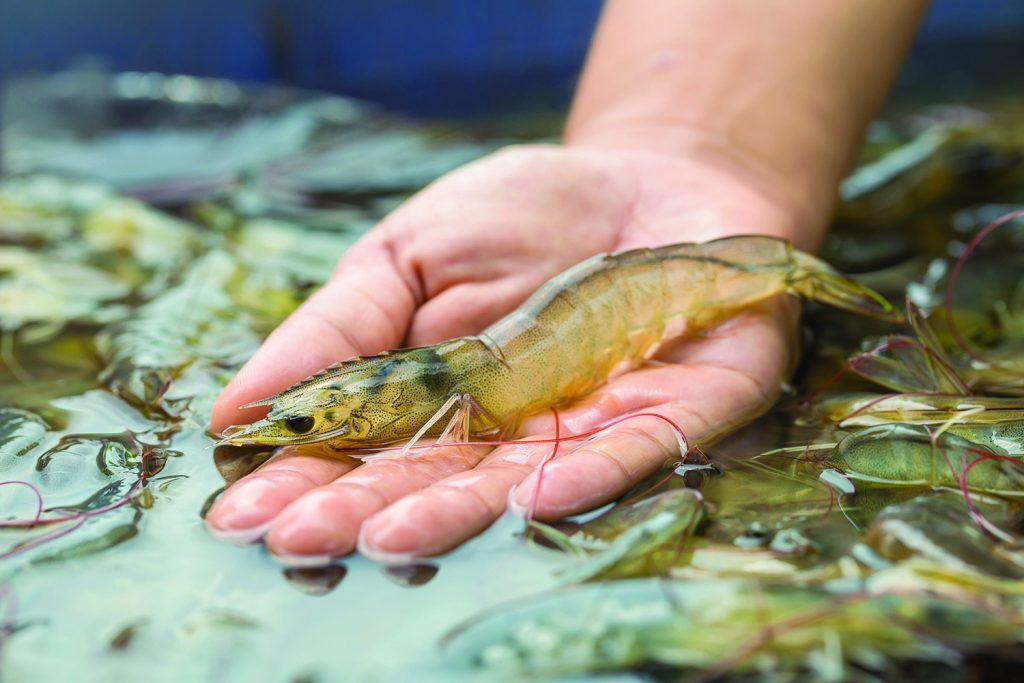
Aquafeeds
Evaluating hydrolysates as functional ingredients in Pacific white shrimp feeds
An evaluation of hydrolysates shows that cost-benefit, availability, quality and efficiency must be considered for feeding Pacific white shrimp.
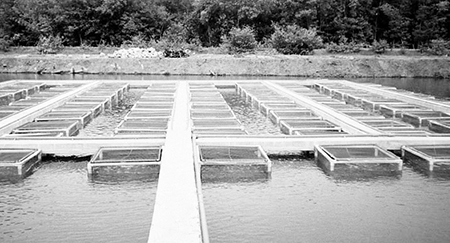
Health & Welfare
Carotenoid supplements and WSSV
The effectiveness of carotenoid supplements will depend upon the severity of infection and other stress factors that affect the condition of the shrimp.
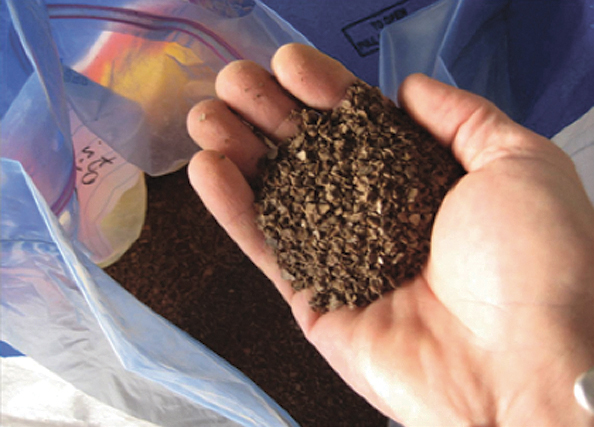
Aquafeeds
Single-cell proteins from food byproducts provide protein in aquafeed
Wastes produced during food processing can be treated to generate a valuable single-cell protein ingredient for aquafeed with protein and amino acid content similar to fishmeal.
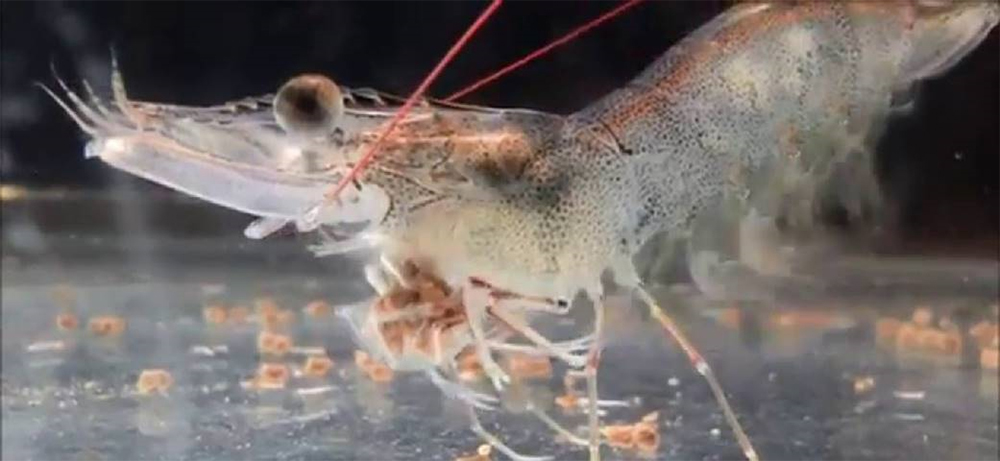
Health & Welfare
Grain distillers dried yeast in practical diets for juvenile Pacific white shrimp
A study evaluated the production response of Pacific white shrimp fed diets containing increasing levels of grain distillers dry yeast in two growth trials.



